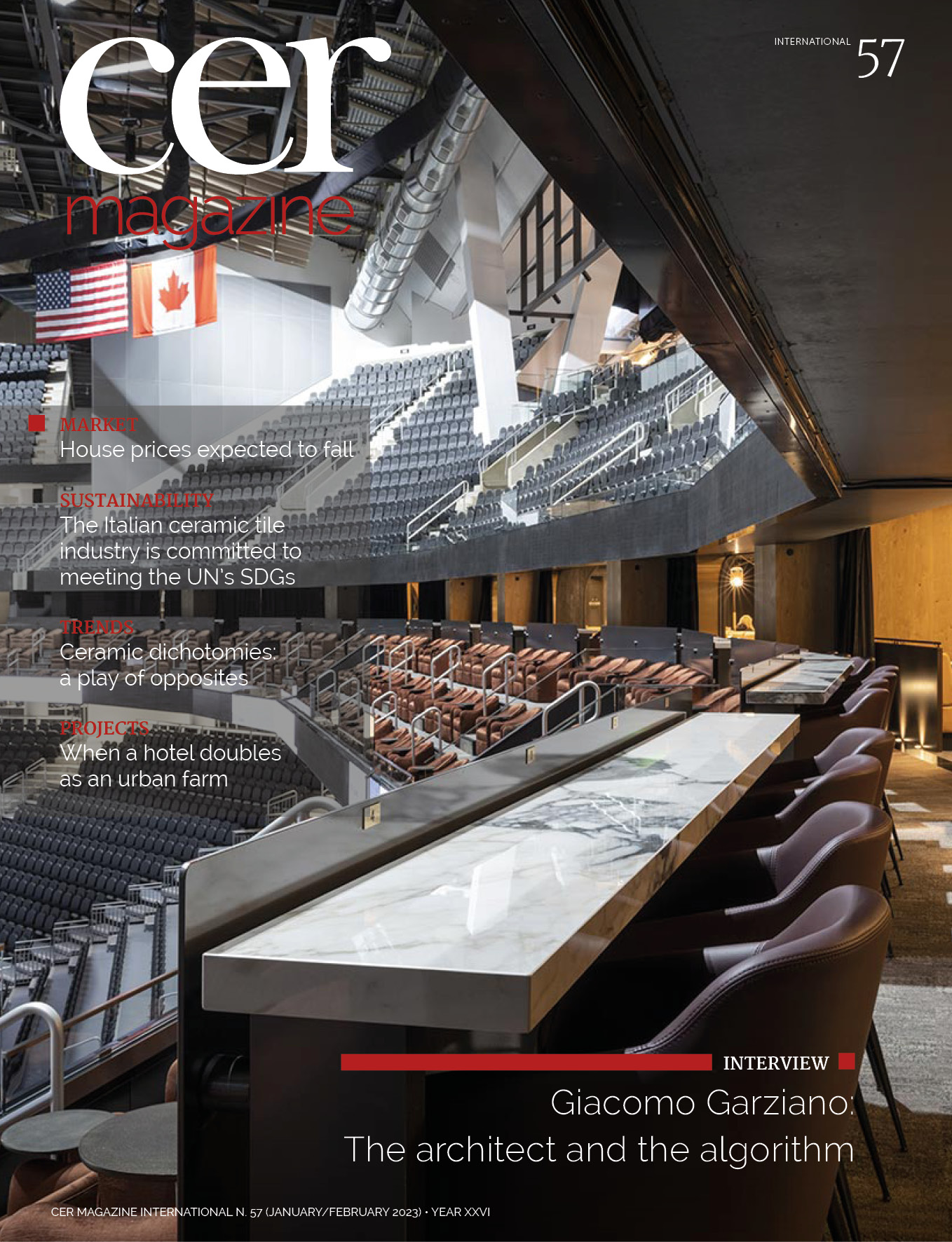Europe’s plan for improving the energy performance of buildings
The fight against climate change is one of the objectives of the European Commission, which will continue to discuss the reform of the Energy Performance of Buildings Directive (EPBD) during Sweden’s six-month presidency. The aim of this new proposed directive is to improve the energy performance of buildings while taking into account local climatic conditions, the needs of interior comfort and cost effectiveness. It is a huge undertaking considering that buildings account for 40% of the continent’s annual energy consumption and 36% of climate-changing emissions.
The plan that will be discussed over the coming weeks will consist of three separate steps. The first step involves obtaining an accurate and up-to-date picture of Europe’s real estate assets through the EU Building Stock Observatory (EU BSO). The European Parliament has already issued its own recommendations for the minimum levels of energy consumption of residential buildings (energy class E by 2030 and D by 2033), although legislators in individual countries will be permitted to take their own specific national circumstances into account during implementation. This second step of the plan will initially be limited to the 12%-15% most energy-intensive buildings and will gradually be extended over the following years. However, this is a mammoth task and as a third step will require public financing from a range of resources, from the existing Renovate Energy Plan 2021-2027 through to the Energy Performance Renovation Fund (EPRF) currently under discussion.
The discussions will also focus on the course of action that needs to be taken and in particular will examine two different approaches: energy upgrading where feasible and “demolish and rebuild” if the cost of meeting the standards or the condition of the building makes renovation impractical. These actions will aim to achieve continuous improvement towards the goal of “zero energy consumption” by 2050 for renovations, a target that has been set as 2030 for all new buildings.
The Italian ceramic and brick industries are prepared for the challenge and are already playing a key role in the new wave of construction in Europe and beyond. Solutions such as heated floors and external ceramic façades, earthquake-resistant and energy-efficient walls and roofs and low-flush WCs are all examples of the benefits of Italian ceramic products and surfaces. These benefits are much in evidence in the projects with sustainability certifications featured in this first issue of the digital Cer Magazine online and in the Sustainable Projects Gallery on the website ceramica.info. The Italian ceramic and brick industries have long been pursuing sustainability as part of a circular “cradle-to-cradle” approach that includes the upstream and downstream supply chains.
While this complex undertaking aims to provide a response to the environmental crisis, its sheer scale poses a significant challenge to Member States’ economies. Such an ambitious improvement in efficiency must necessarily be accompanied by measures to support companies and citizens, a preference for sustainable construction solutions appropriate to the local context, and a progressive rollout of interventions over reasonable timeframes.
February 2023





